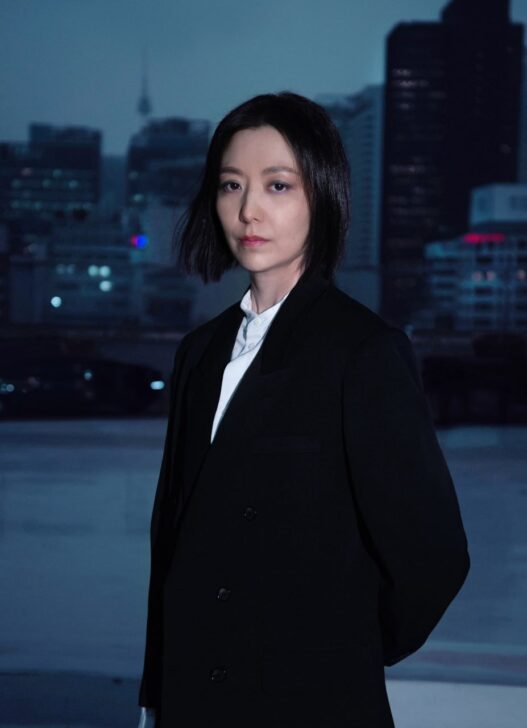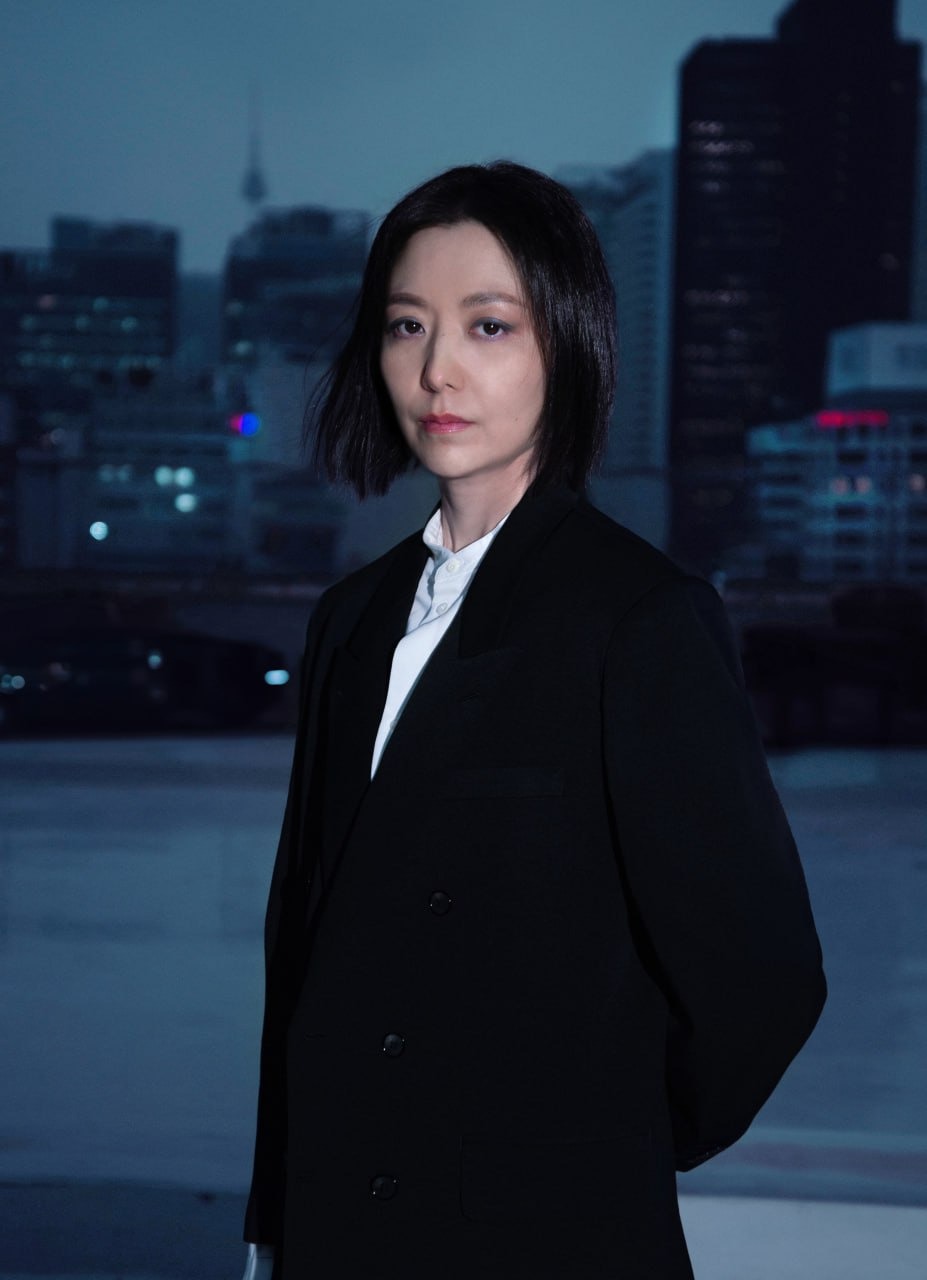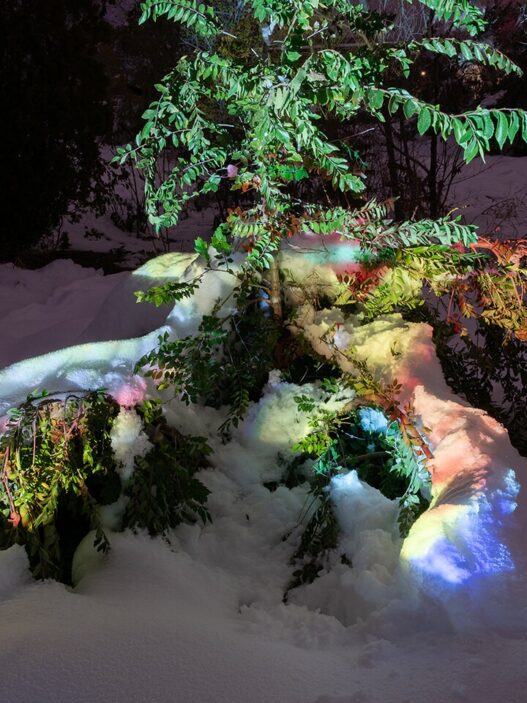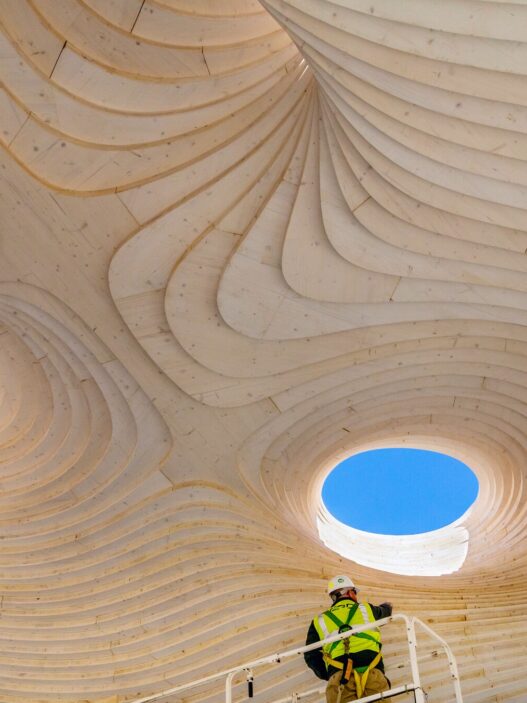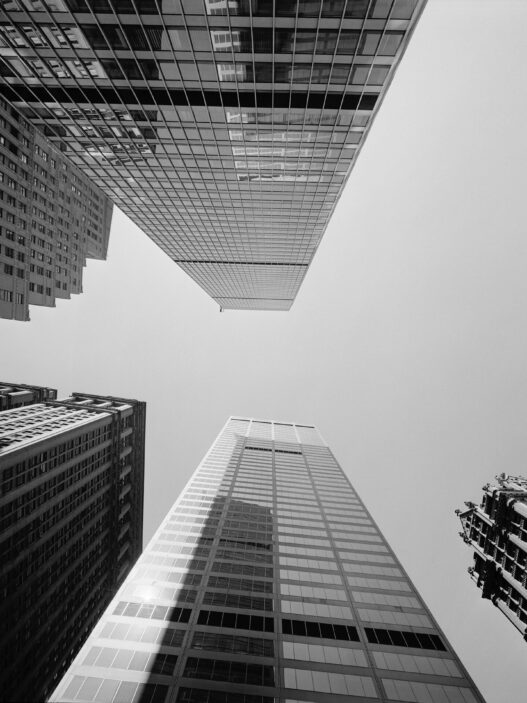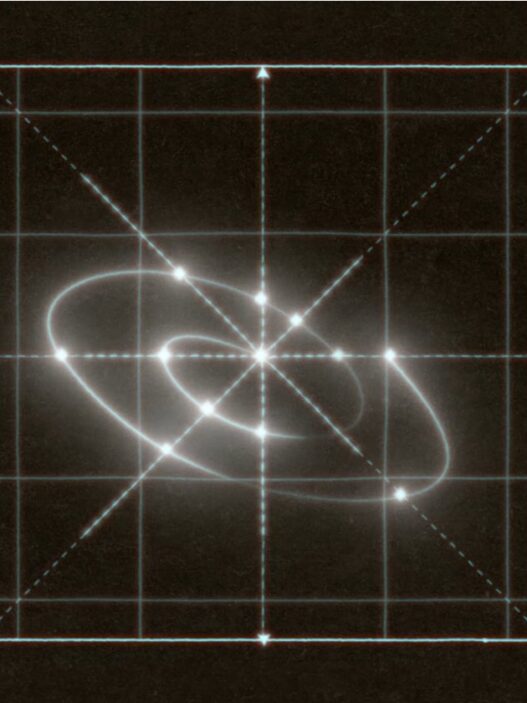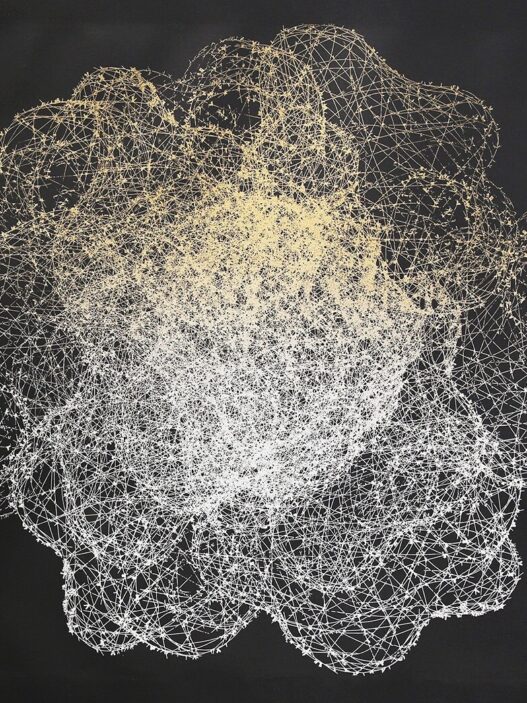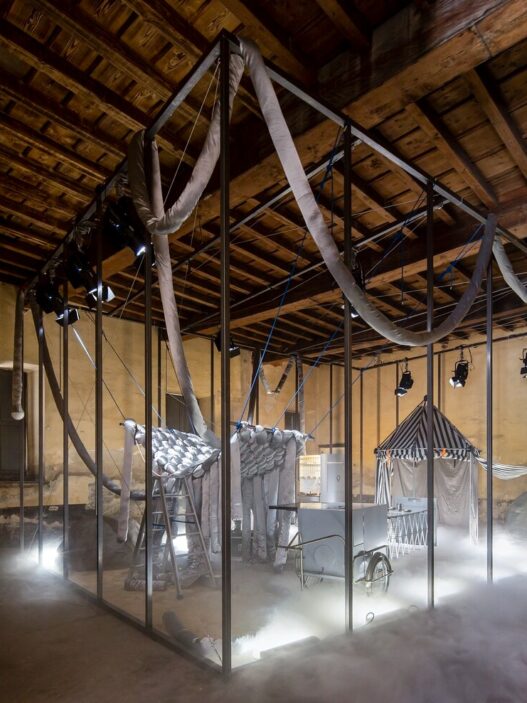Ayoung Kim is a South Korean contemporary artist born in 1979 in Seoul. She is known for her interdisciplinary approach, blending various media such as video, installation, sound, and performance to explore complex themes like migration, displacement, mythology, and the reinterpretation of historical narratives. Kim’s work often bridges the past and the future, blurring the boundaries between reality and fiction, and examining the impact of technology and globalization on human experiences.
Kim studied Visual Communication Design at Ewha Womans University in Seoul before pursuing a master’s degree in Fine Arts at the Royal College of Art in London. Her time in Europe significantly shaped her artistic practice, as she began to explore how different cultures and histories intersect through narratives and symbolism. Her works frequently draw inspiration from diverse sources such as mythology, folklore, science fiction, and digital culture.
One of her most notable projects is “Phantom Footsteps” (2017), a video installation that reflects on the history of migration, colonization, and the relationship between the digital and physical world. In this work, she employs soundscapes and fragmented visual imagery to create an immersive experience, highlighting the displacement of people and the role of memory in shaping our understanding of history.
Another key piece is In This Vessel We Shall Be Kept (2017), a multimedia performance inspired by the sinking of the Sewol ferry in South Korea, which resulted in the tragic loss of many lives. Through this work, Kim addresses issues of collective trauma, loss, and the fragility of human existence.
Her works have been exhibited internationally at renowned venues such as the Palais de Tokyo in Paris, the Venice Biennale, the Asia Culture Center in Gwangju, and the Istanbul Biennial. She has also participated in numerous residencies and received several awards for her innovative and thought-provoking work.
Ayoung Kim’s art continues to push the boundaries of narrative structure and cultural memory, positioning her as a key figure in the global contemporary art scene. She lives and works in Seoul.









